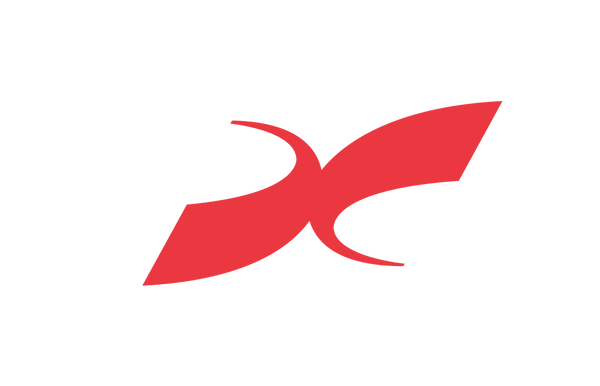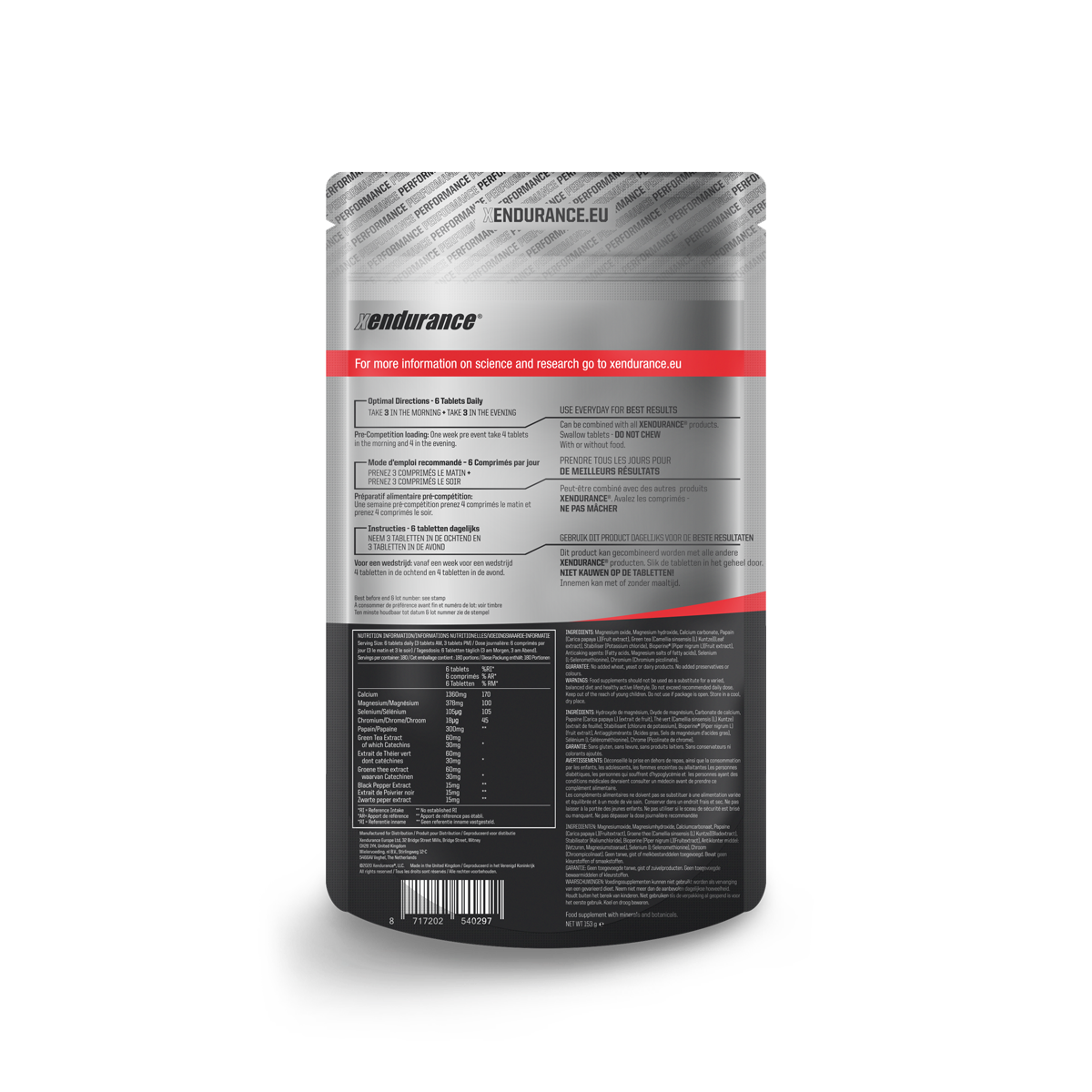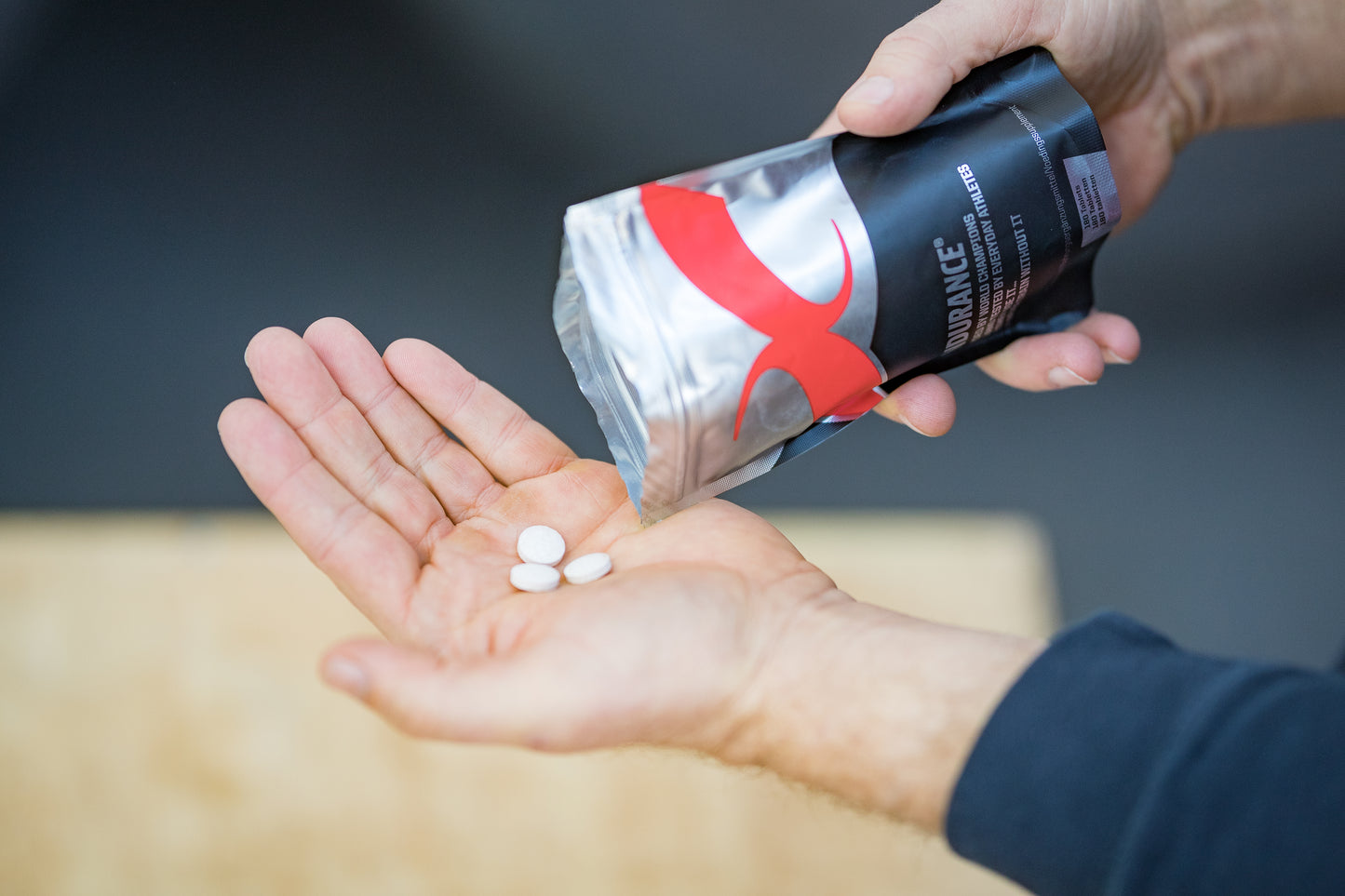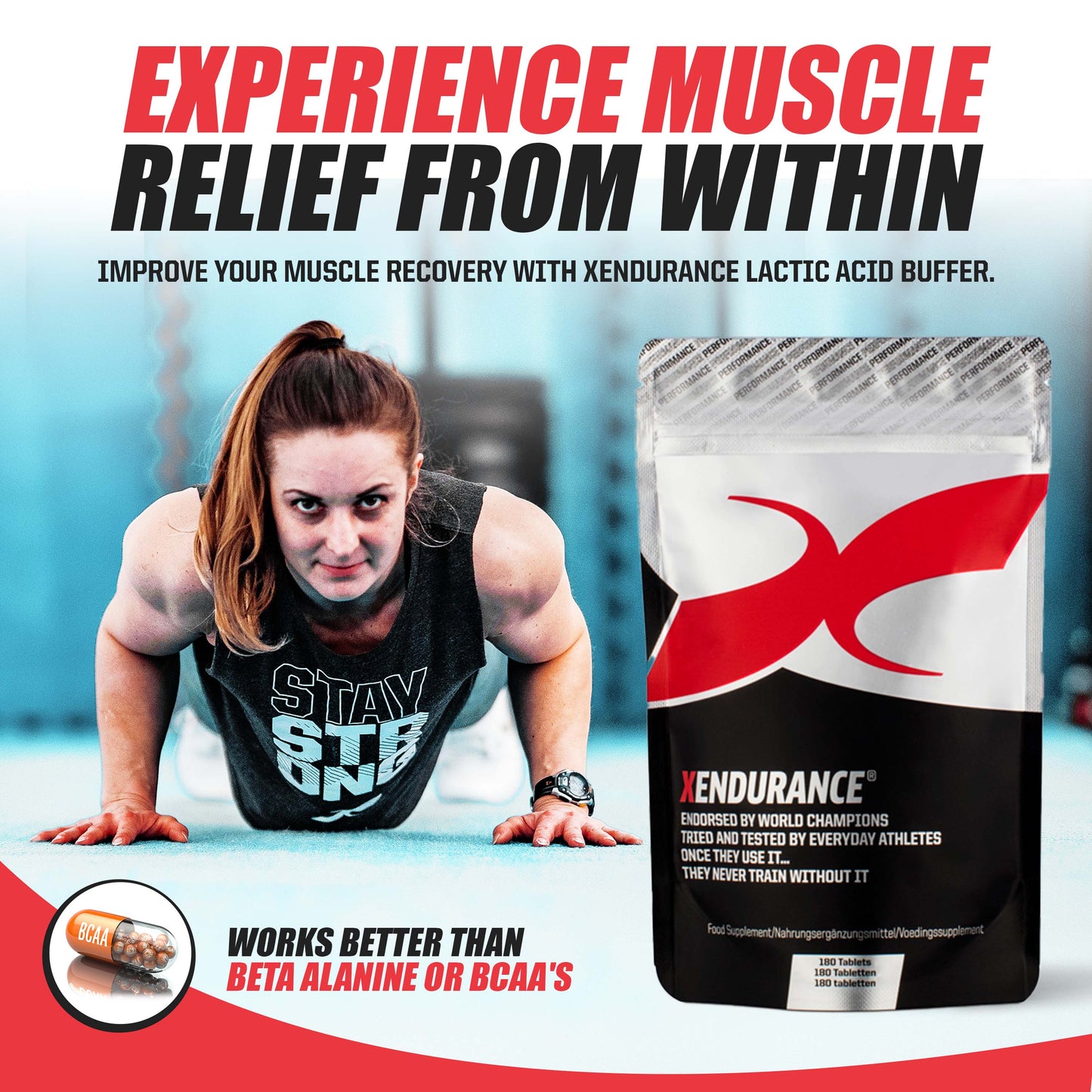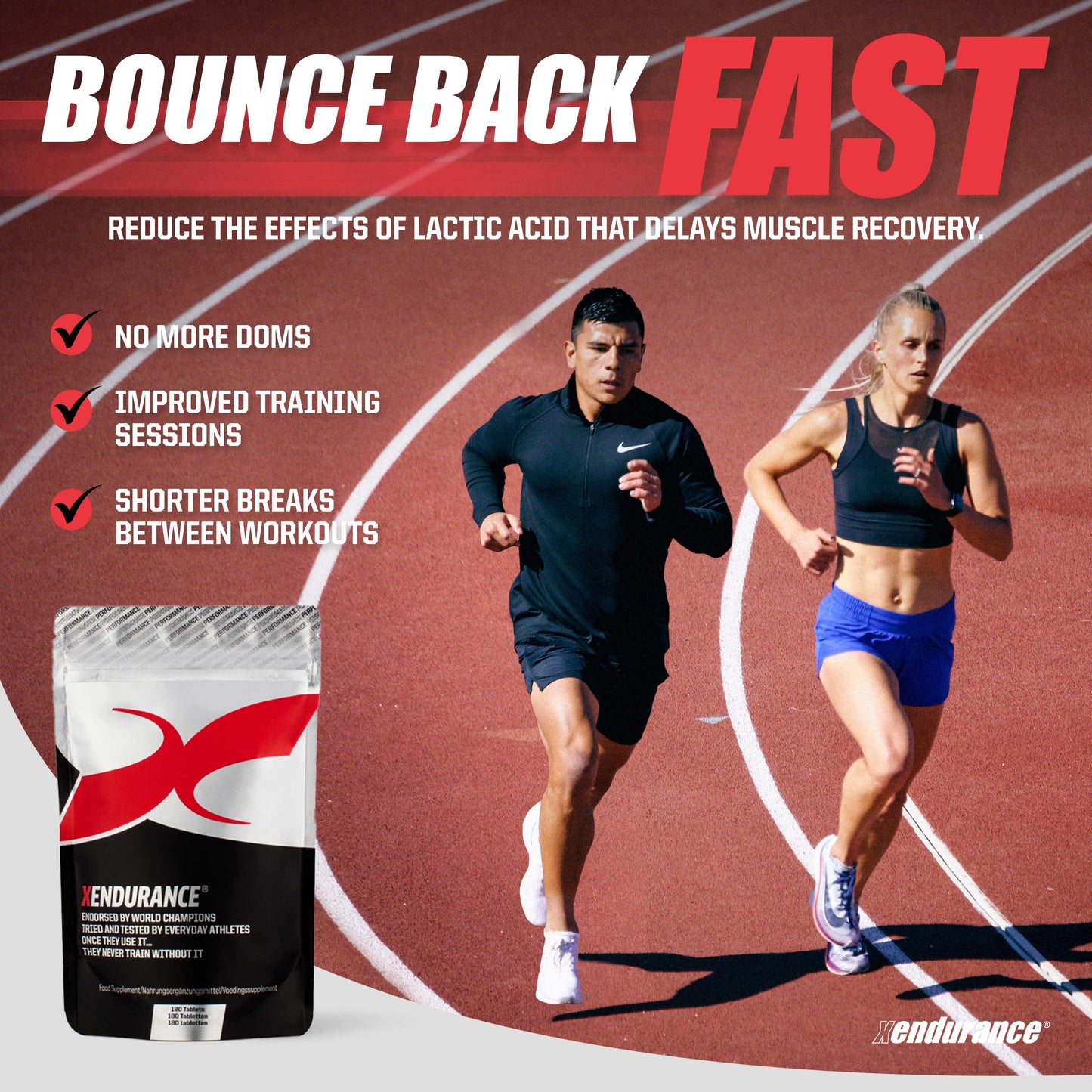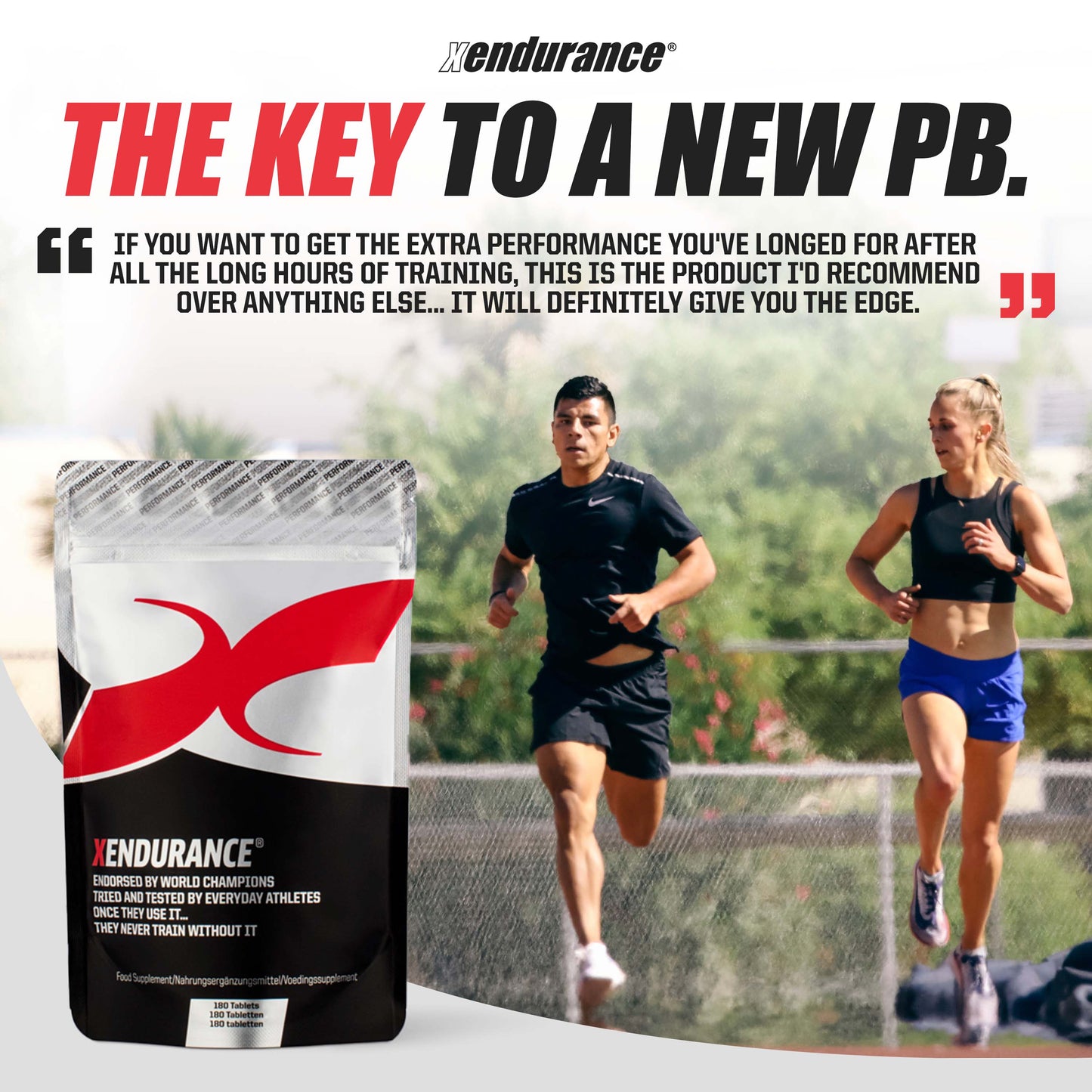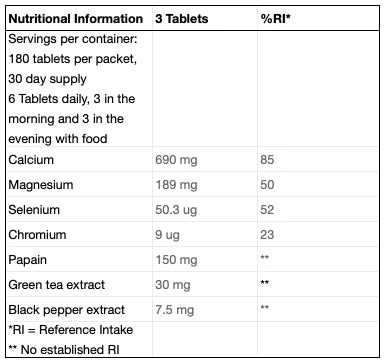The one speed wonder
-
Do you swim (1) alone, (2) the same pace for an entire workout or (3) without using a clock? Then you could find yourself in this category. You can learn to swim longer do ing this, but you can’t learn to swim faster.
-
First, introduce a timing mechanism. You have to know what your pace is and challenge yourself by going harder. Put yourself through a set that challenges you. Next, add some variety, such as short, fast intervals. For example, do four to eight rounds of 25s and 50s all-out with lots of rest as part of the warm-up set. Over time, it helps with the neuromuscular programming it takes to get your arms to go fast, and you’ll find that you have more gears. - Try this:
-
Replace a longer interval (500 straight) with shorter intervals (5x100) done all- out. Don’t dwell on the rest; take what you need to fully recover and hit your fastest possible speeds. -
Introduce a 200 time trial every three weeks. Do a 10–15-minute warm-up that ends with some fast 25s. Then swim 200 fast, using a watch or pace clock to track your time.
The Newbie
-
People who began swimming as kids have an advantage over adults who picked up the sport in their 20s or later. Experience balancing and moving in the water is the difference. Many newbies get in the pool and just start kicking their hearts out, working incredibly hard and going nowhere. That’s just not the way to begin a sport. It’s like learning how to play tennis. If you show up and try to hit the ball as hard as possible— that just doesn’t work. You need to become efficient and reduce drag through good technique.
-
You will bypass a lot of trial and error if you start with a private lesson or coached group class. Don’t get frustrated if you can only swim a couple of laps before gasping for air. 10 swim sessions in three weeks is enough to create significant adaptation to the water. After that, the body is out of the shock phase. Two of the biggest challenges for beginners are eliminating drag and rotating the body to help generate a strong pull. - Try this:
-
To avoid swimming “uphill,” start by getting your head in the right position. Over exaggerate dropping your chin to your chest and staring directly down at the bottom, aiming for the water line to hit you at the top of your swim cap. If your upper body is in the right position, your hips and legs will follow. -
To work on rotation and body roll, use a kickboard as a pull buoy between your legs. Try to hit the water with the top of the board on each side as you swim.
The terrible technique triathlete
-
If you’re self-taught or developed bad habits, you could be swim ming with flawed technique. Accurately identifying your own technique quirks in the pool is surprisingly difficult. You may think your arms are gripping the water perfectly and your ankles are skimming the surface, but reality might be far different. Even if you’re a relatively efficient swim mer, technique can always be improved.
Fix it!
-
Find a coach who focuses on technique rather than finess. The high-elbow catch position is key to efficient technique. Most coaches stress the importance of keeping the forearm vertical to develop a strong catch, but often that is not enough. Look at all the fastest swimmers in the world and their elbows are almost at the water level. Whipping action at the end of a kick creates power, but the foot has to be able to point far downward to snap effectively. - Try this:
-
Shoulder flexibility: Your shoulders have to be flexible to catch the water with a high elbow position. With thumbs pointed upward, straighten your arms and have a partner pull them together behind your back. -
Ankle flexibility: Free your ankles to create power by rotating the foot backward as far as possible, curling the toes toward your heel. Hold t his for 30–60 seconds and do it several times a day. -
Technique-based coaching: Find a coach willing to analyse your stroke and work with you one-on-one to address your weaknesses. Video-recording your stroke— above and below water—is the best way to identify your individual weaknesses. Ask a friend to record a few laps using a phone in a waterproof case or affordable action video camera.
The pool plateau-er
-
Reaching a plateau is common for people who have been swimming for a long time without ever really giving the sport special attention.
-
Shock your system with new types of workouts. Your body won’t learn to go faster if you always train at the same intensity. Swim in a lane with faster swimmers, even if at first it’s just for a few hundred metres. If you’ve been chasing an effi cient DPS (distance per stroke), you may have become more efficient but not fast. Maybe it’s time to chase it back in the other direction to train your body to be more powerful in short bursts. Can you swim 22 strokes in a length? Can you swim 24? Stroke count is a great thing to play with, but you have to play with it in both directions. Introduce dry-land strength with cords, doing exercises where you’re creating resistance and pulling. Or, try something more creative: Pull a 400 while wearing a baggy T-shirt. Try This: -
Swim short and fast. Like your One-speed Wonder cohort, shorter intervals with l ots of rest are your friend. Ex: 40x25 on the :30 with every third one as a sprint, or 4x(75, 50, 25) all-out with lots of rest -
Do a swim block. Swim every day and de-emphasise your bike and run workouts temporarily. -
Divert your focus. If you’re 6–8 weeks out from your major race and feel you’ve hit your peak, quit worrying about it. Look at it as cost/benefit ratio. How expensive it is, energy-wise, to get a second or two more in the pool as you get closer to the races is so time-consuming. Even if it’s 30 seconds, you can get that much easier on the bike or the run..
The open water under-performer
-
The swimmers who fail to match their pool performance level in open water have one of t hree problems: (1) They always swim short sets with frequent breaks, (2) they lack sighting skills or (3) they are anxious about the looming dangers in the big blue. Develo ping the physical and mental tools required to deal with the challenges of swimming in a natural body of water can help you shift your race focus from survival to confidently executing your race plan.
-
Your 100 and 200 repeats are great for overall swim fitness, but you must execute close to your race distance to physically acclimate. To improve your navigation skills, try sighting every few strokes during a shorter set. Count your strokes as you swim a 25 at a normal pace. Close your eyes and swim back. Not only will this get you accustomed to not seeing the bottom, it may also make a stroke issue, such as pulling more to one side, more obvious. - Try this:
- For endurance:
-
Do 3x600 descending your time for each repeat, which is a great way to learn to pace the swim leg. Start out slower than you think. -
Replace one of your weekly pool sessions with a continuous long swim. Build this workout to be 10 per cent longer than your race distance. To keep focus, try varying the pace. For example, swim every fourth 25 at race pace. - For resilience:
-
Do hard, short efforts followed by a slightly longer easy set to teach your body how to recover while you swim, such as 3x(100–150 all-out, 5 sec rest, 300 recovery). - For navigation:
-
Practise sighting in the pool to develop smooth technique and specific strength. Keep your eyes sealed underwater, open them above the surface. To avoid dropping your feet, lift your head barely out of the water at the start of a pull, then take a breath in the usual location before putting your face back in.
